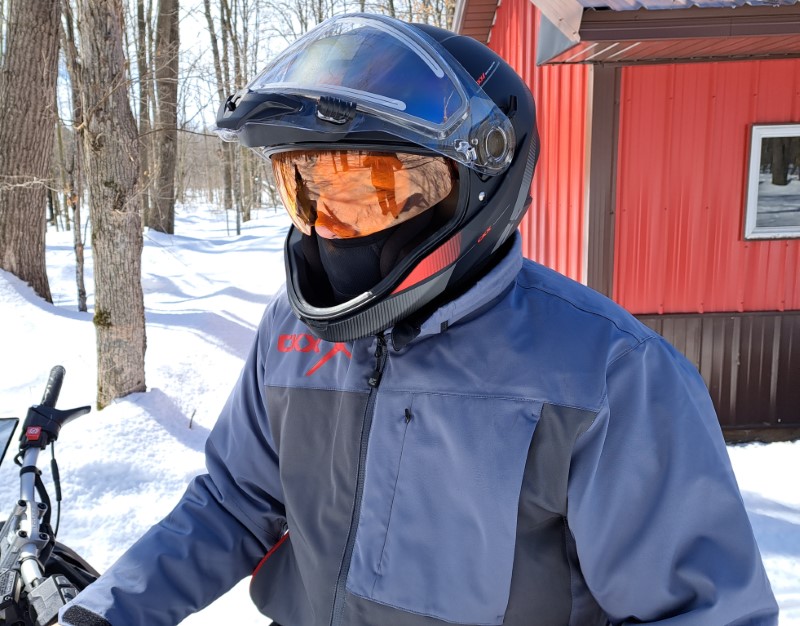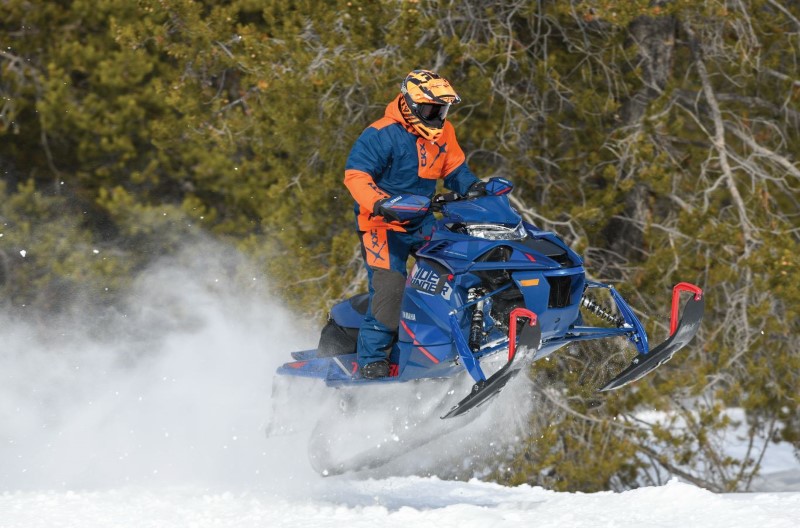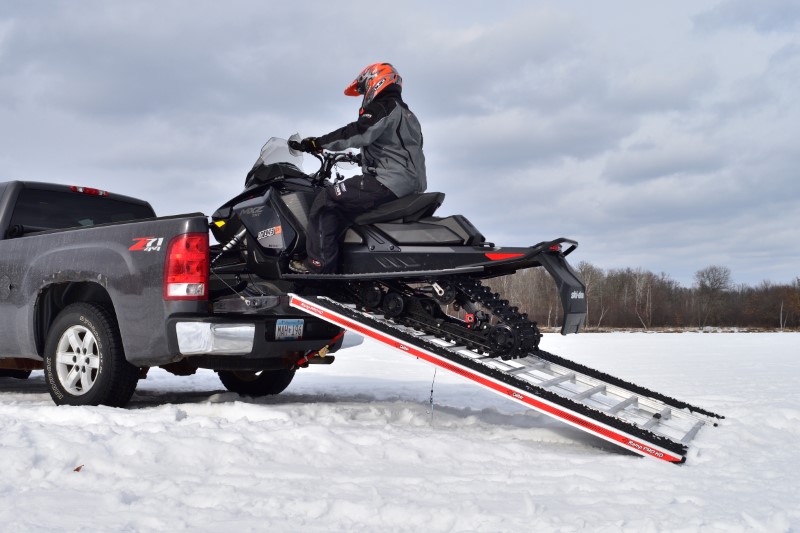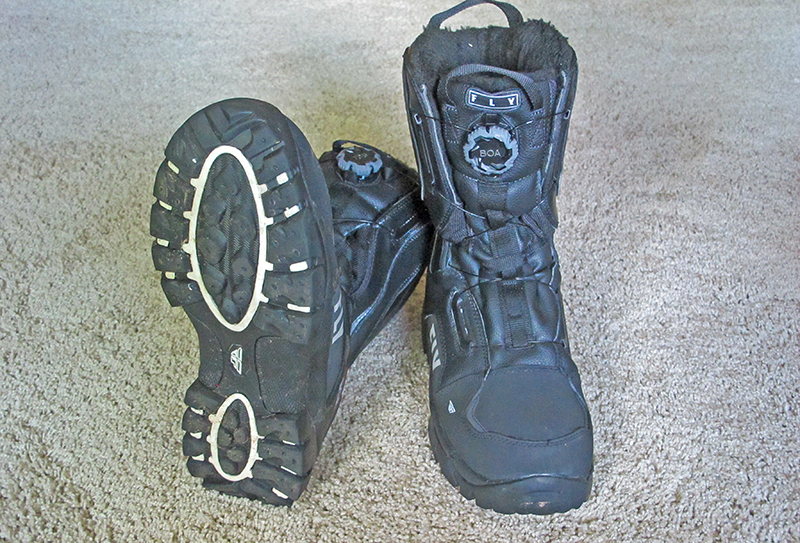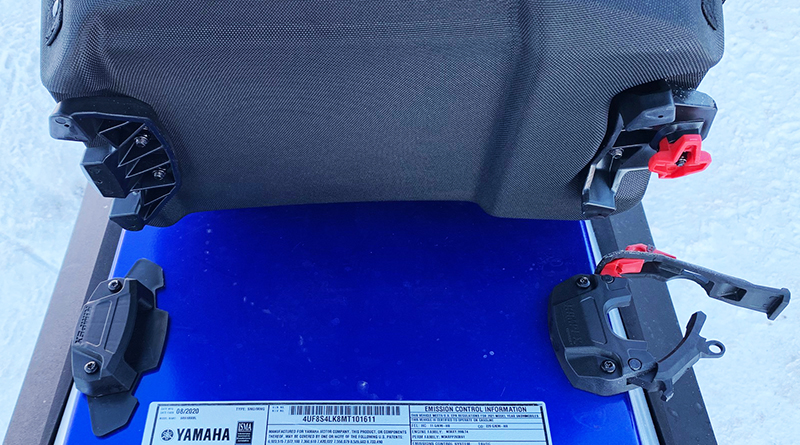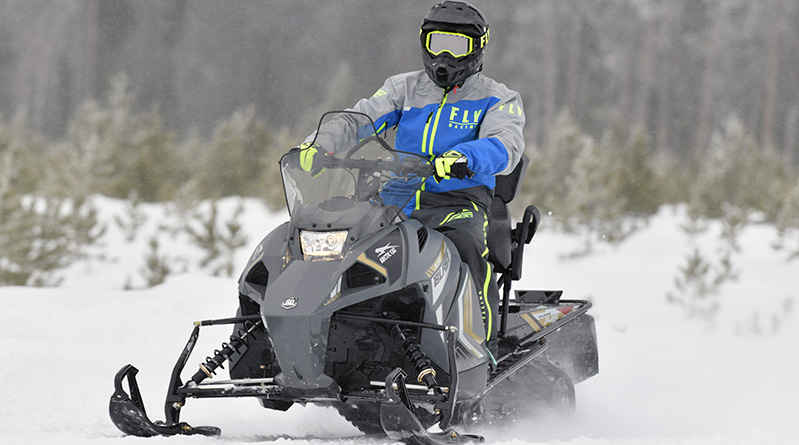We’ve long raved about Ski-Doo’s sharp and predictable handling on smooth trails, but we’ve also knocked it for feeling busy and unpredictable through rough conditions. After testing one excellent-and-expensive aftermarket remedy on our 2013 Ski-Doo MX Z X two seasons ago, we wanted to try another claimed solution, this time from Hygear Suspension.
We bolted the Slicast caster and camber adjustable A-arm system on our 2014 Ski-Doo MX Z X 600 H.O. E-TEC to find out if it’s also a viable solution for Ski-Doo’s twitchiness. The system allows easy, trailside adjustments to key front suspension settings so riders can quickly tune how their snowmobiles handle, steer and feel.

Understanding Caster & Camber
Slicast A-arms allow two separate adjustments: caster and camber. Caster influences how well a vehicle tracks. A snowmobile’s caster angle is examined by viewing a spindle from the side of the vehicle. A spindle set at a vertical angle (negative caster) tends to produce light, precise and quick steering, but it might make the front end twitchy. Conversely, a spindle that’s laid back with the top tipped toward to the rear end (positive caster) tends to be stable and track straight.
Camber mostly affects handling. It’s viewed by looking head-on at the front of a sled so a person can see at which angle the tops of the spindles are tipped, in relation to the centerline of the vehicle. Spindles tipped inward (negative camber) cause sharper handling through more side bite from the skis, but steering effort will increase. Adjusting spindles the opposite direction (positive camber) will make the skis less prone to darting. Minor changes to caster and camber can produce major effects.
For the Slicast system, caster is adjusted by rotating an aluminum cam positioned on the ball joint at the end of the A-arm. There are 11 settings; zero is essentially stock and there are five settings each for positive and negative caster.
Repositioning four spacers on each ball joint affects camber. Slicast kits include upper A-arms, cams, greasable A-arm mount bushings, spacers and ball joints when necessary. Separate ball joints are required for 2013 and newer Ski-Doo models that have ball joints integrated into the stock upper A-arm.

Calmer, More Predictable
Under recommendation from Hygear, we initially set the Slicast cams to the zero setting for caster and arranged the ball joint spacers so the camber setting was also stock. This gave us a baseline to compare against adjustments we’d make throughout the test. Then our first adjustment moved the Slicast cams to the No. 2 hole for positive caster. This lengthened the wheelbase, and we noted that the front suspension was more stable and predictable through choppy bumps, and steering felt slightly heavier.
We experimented throughout the season with other combinations of caster and camber settings, and effects on steering effort, response, tracking, bite and handling followed the characteristics previously explained. After nearly 1,000 miles of testing, we found that the best settings for our MX Z X was with caster set in the No. 5 hole for maximum positive caster (spindles laid back as far as possible), with two shims inside the upper A-arm’s loop and two on the outside.
Compared to a stock Ski-Doo, the Slicast system’s full-length wheelbase made the sled feel tighter and more predictable over bumps, but the tracking improvement was especially noticeable over deep ruts and moguls hit at faster speeds. Steering effort was still comfortable and handling on smooth trail sections was as good as stock form. For $300, this is a nice upgrade.
Interestingly, Hygear said some customers who had wide, aggressive skis on their Ski-Doo sleds, in addition to the Slicast arms, reported better handling and control with a shorter wheelbase than stock. Our MX Z X had the stock Pilot 5.7 skis with 6-inch carbide wear bars and 84 studs.

Installation & Adjustment
A wise, first step of REV-XS A-arm removal and installation is to take the shocks out of the snowmobile, otherwise access to the hardware is limited. In order to remove shocks from a REV-XS, the hood, nosecone and exhaust needs to come off. A ball joint separator should be used to pop the ball joints out of the spindles.
On-trail adjustments were easy to make as the setup required a 19mm wrench or socket to loosen the ball joint nut and a 12mm wrench to hold the ball joint. Weight needs to be taken off the skis to make adjustments, so it’s nice to have an assistant steady the sled and help to make sure parts and hardware line up. Slicast kits are also available for Arctic Cat and Yamaha sleds.
Editor’s Note: Every issue of Snow Goer magazine includes in-depth sled reports and comparisons, aftermarket gear and accessories reviews, riding destination articles, do-it-yourself repair information, snowmobile technology and more! Subscribe to Snow Goer now to receive issues delivered to your door 6 times per year for a low cost.

